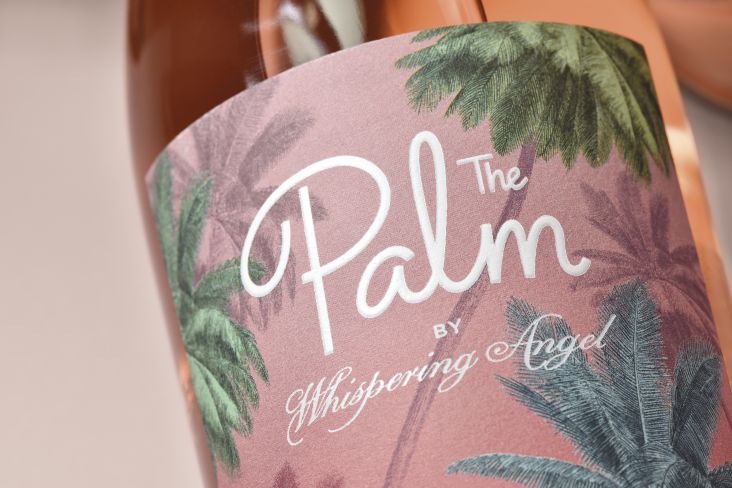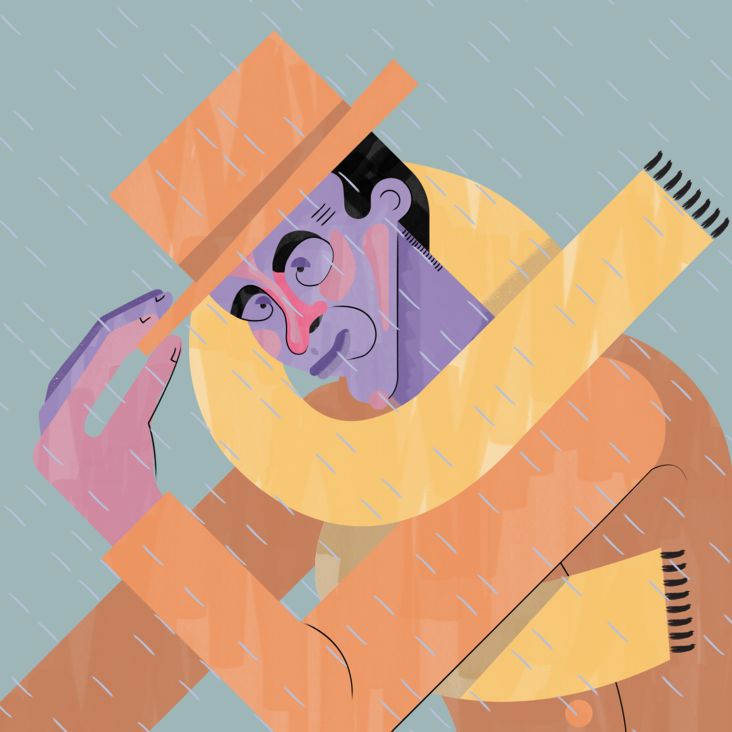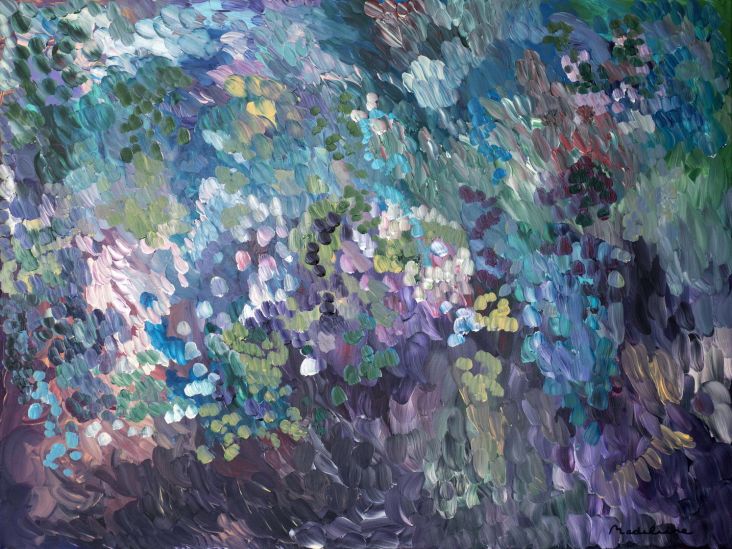A creative’s guide to Leipzig: A quirky German city crackling with creative life
As a creative, you want a city break to fire your imagination and inspire you with fresh perspectives. However, once you’ve visited a number of European cities, the thrill of the new can start to pale, and everywhere can start to look and feel the same.
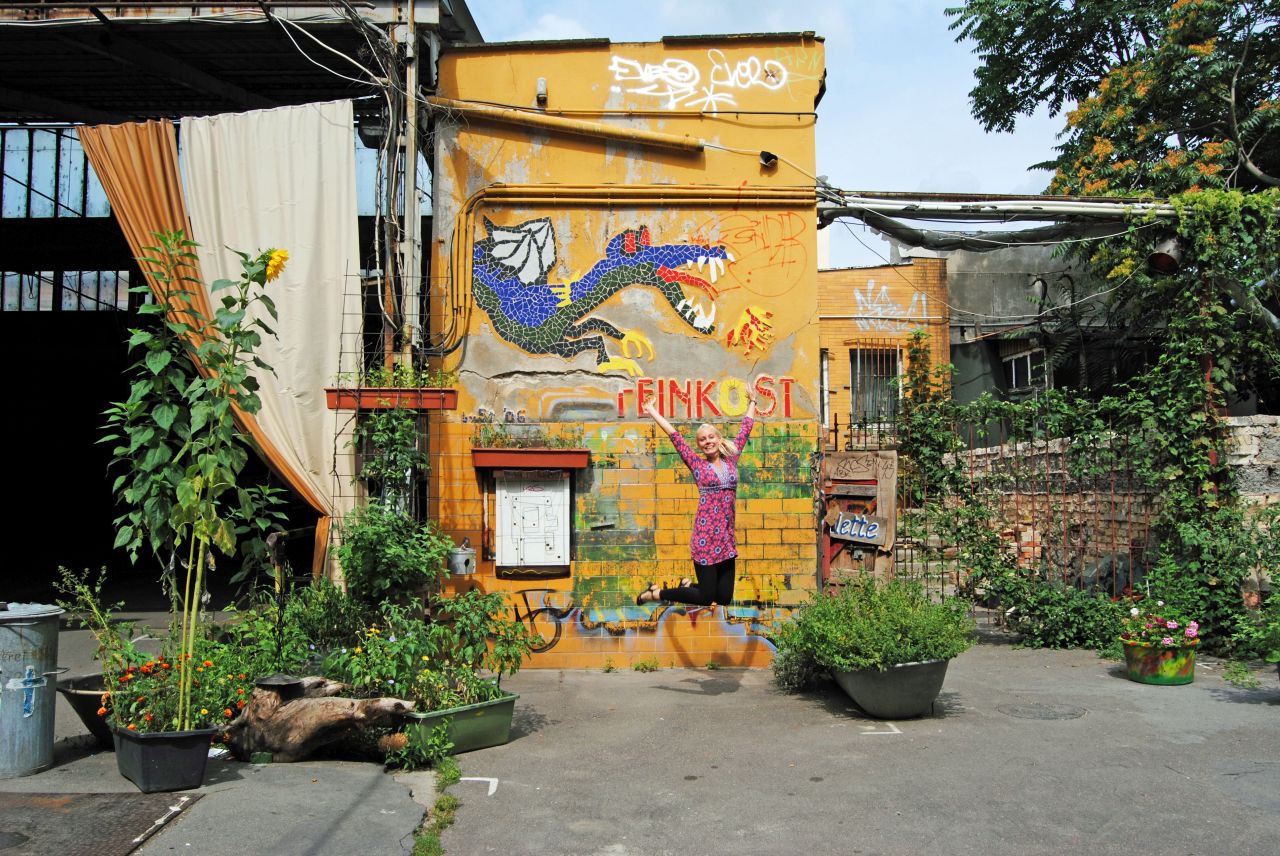
Feinkist, Leipzig. Photo: Andreas Schmidt
What you want is a city that’s defiantly different and original, full of creative buzz, but still easily accessible from the UK. Welcome to Leipzig.
The east German city is perhaps best known for initiating the protests that led to the fall of the GDR communist government at the end of the 1980s. But national reunification hasn't led to it becoming ‘just another German city’; far from it. In fact, it’s bolstered its long-established sense of self-confidence, rooted in its role as a major centre of European trade in the Middle Ages.
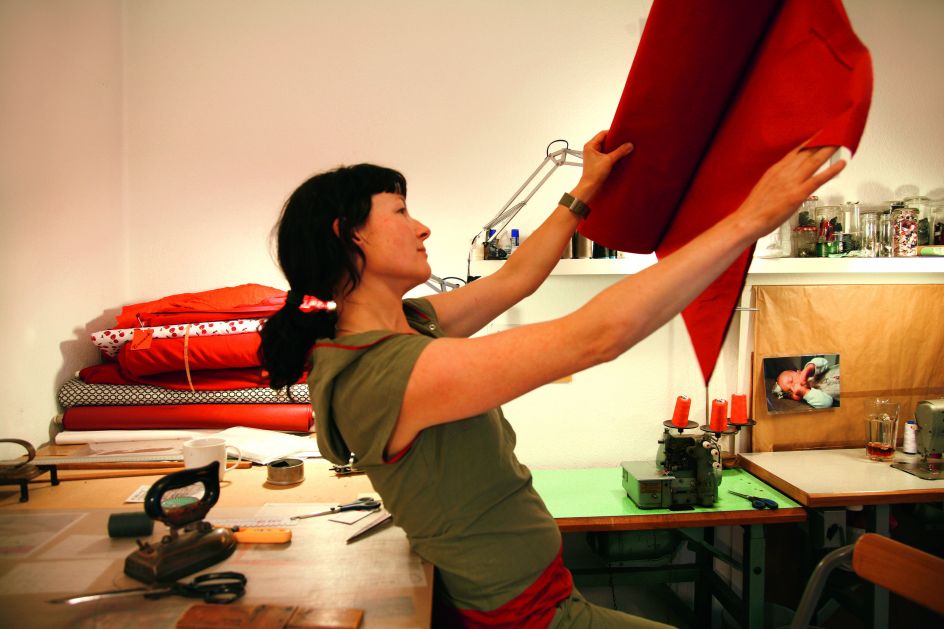
From artists to fashion designers, creatives are flocking to the east German city. Photo: Angela Liebich
Although Leipzig went into decline after the fall of Communism, as its youth deserted to the West, it’s recently experienced a resurgence of both its economy and population. But while many now tout it as the ‘New Berlin’, it’s resisted the kind of gentrification that’s made parts of East London and Brooklyn inaccessible to anyone but the trustafarian wealthy.
Hip? Yes. But hipster? No. In fact, Leipzig is still a relatively cheap place to live, with plenty of green space, and a budding artist and creative community who are working hard to keep it that way for as long as possible.
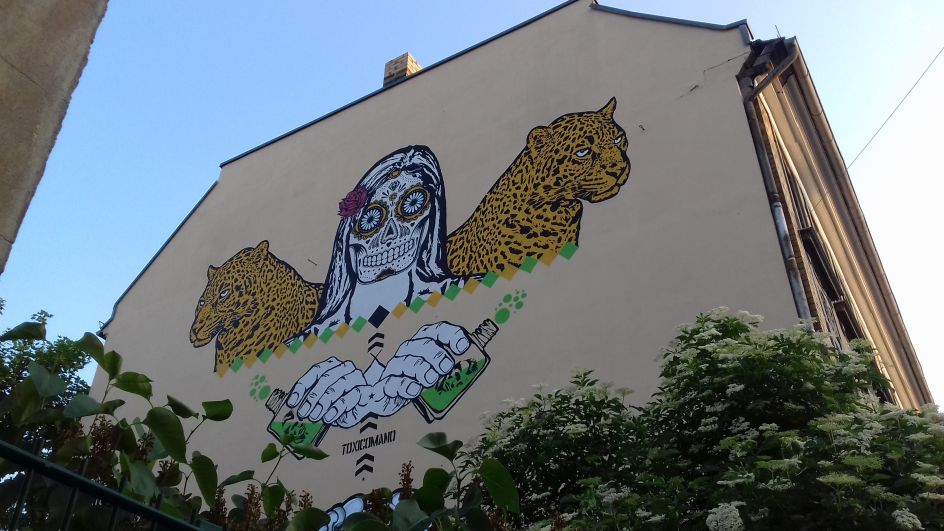
Street art in Connewitz, a vibrant area of the city still infliuenced by squatting culture
For a city break, there’s a ton of fun things to do and places to visit here. But perhaps most importantly, there’s an indefinable spirit to Leipzig that makes it more than the sum of its parts. This is most marked in the southern district of Connewitz, where dreadlocked youngsters gather excitedly in vegan restaurants and anarchist squats, or in the annual WGT gothic festival, which attracts over 20,000 goths from around the world for a bizarre (but good-natured) celebration of death, decadence and darkwave.
Leipzig, in short, is brimming with creative energy, full of passion and never dull. Read on to find out how to get the best out of your stay in this unusual, original place.
Creative spaces
For the last few years, Leipzig has been undergoing a cultural and artistic renaissance, as creatives lured by cheap rents and an alternative lifestyle have been converting disused buildings and warehouse into vibrant and exciting new cultural spaces.
In the east of the city, for example, there’s the Japanisches Haus (Japanese House). A “post-growth”, not-for-profit community project, it hosts everything from exhibitions to communal cooking evenings, in combination with music and art events.
In the Western district of Plagwitz, meanwhile, stands Kunstkraftwerk; a former heating plant transformed into an exhibition space. Acting as an innovative, exploratory place for urban renewal and a place for new thinking, it offers visitors everything from a 360-projected sound and music extravaganza about Renaissance painting to a variety of provocative modern-day art exhibits.
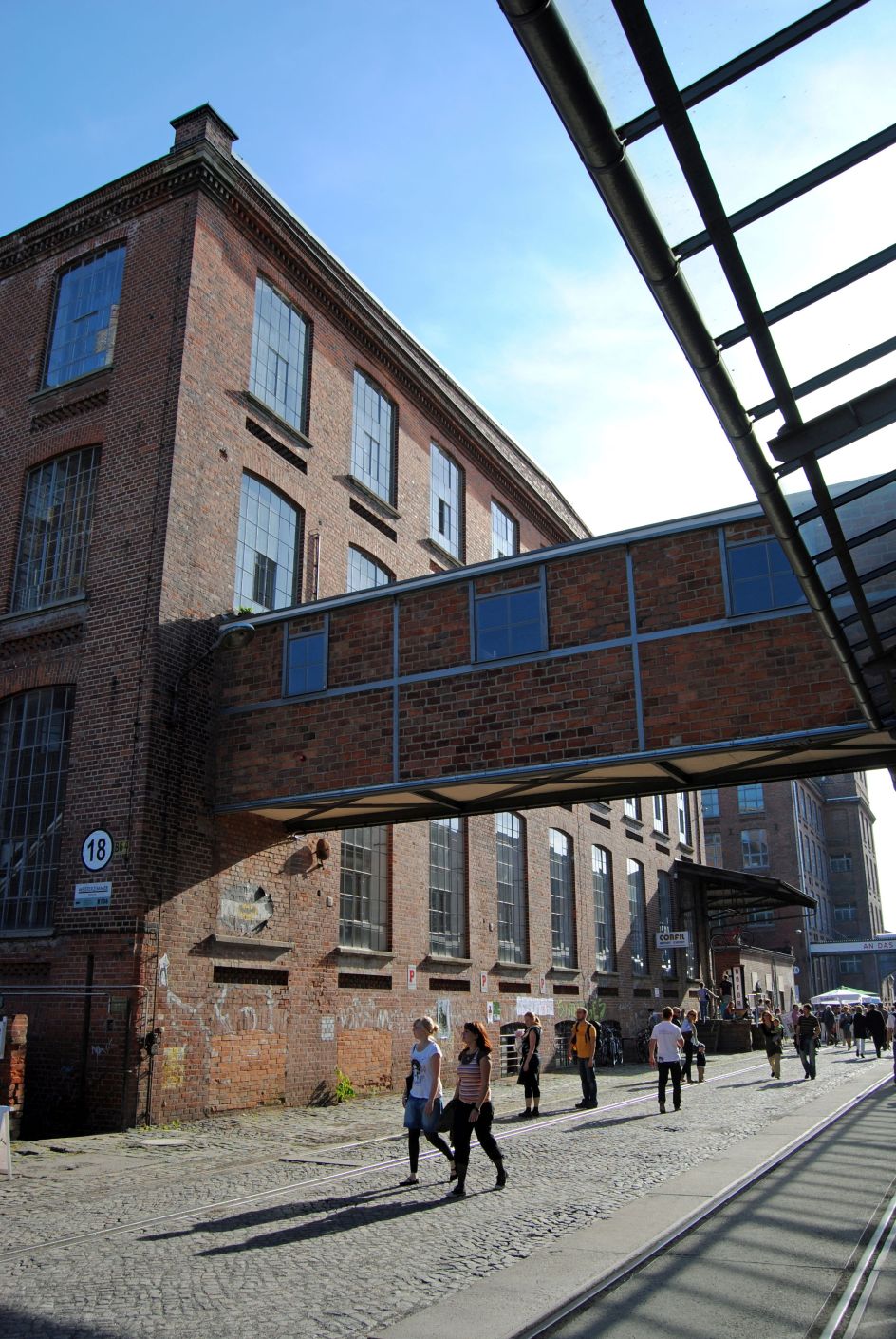
The Baumwollspinnerei is a mini-city for creatives. Photo: Andreas Schmidt
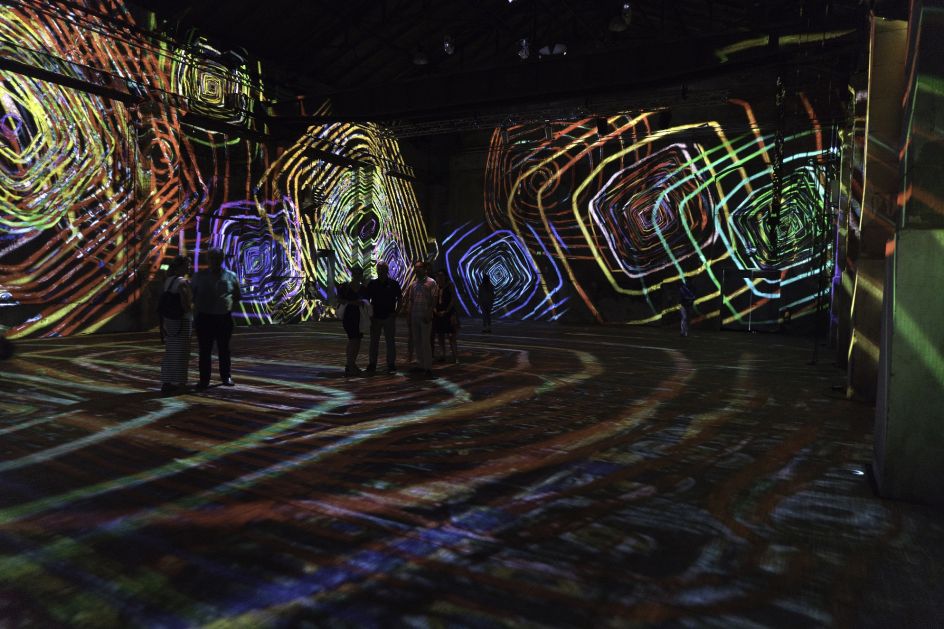
Hundertwasser Experience at the Kunstkraftwerk
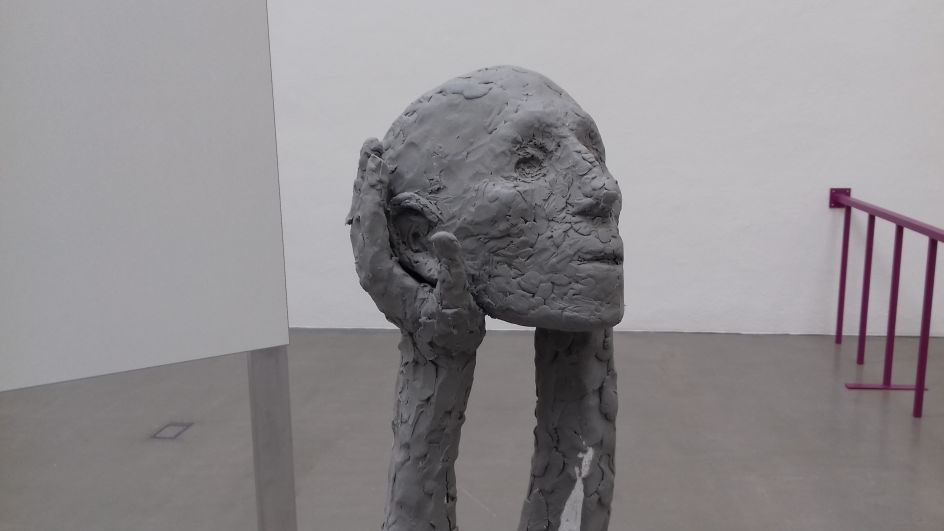
Art exhibit at the Baumwollspinnerei
The mother of all creative spaces in Leipzig, though, is the Baumwollspinnerei. Once the largest cotton mill in continental Europe, it was decommissioned in 1992 and has since been developed by artists into what amounts to a mini-city devoted to creativity. Today, it’s home to galleries, exhibition halls, artist studios, shops and an art-house cinema and is crackling with creative energy.
Around 100 artists work in the studios here daily, alongside 11 galleries and the non-profit space Halle 14. Its most famous son is the ‘New Leipzig School’ artist, Neo Rauch, who was among the first to set up a studio here. The Baumwollspinnerei offers public tours and also hosts a range of ad-hoc events open to the public.
Where to stay
There are many decent but affordable hotel chains operating in Leipzig. A good choice in the heart of the city centre is Motel One, which offers nice rooms, impressive views, decent Wi-Fi and excellent service at low prices. Alternatively, try the Ibis Styles or the Park Hotel, which both offer great value.
Want to go upmarket? Check out the Hotel Fuerstenhof, which has large, beautifully furnished rooms in a neo-classical style and a delightful, grotto themed basement spa with an excellent pool. Or try the Steigenberger Grandhotel Handelshof, which boasts beautiful architecture, antique furniture, a great location and an overall sense of restrained elegance.
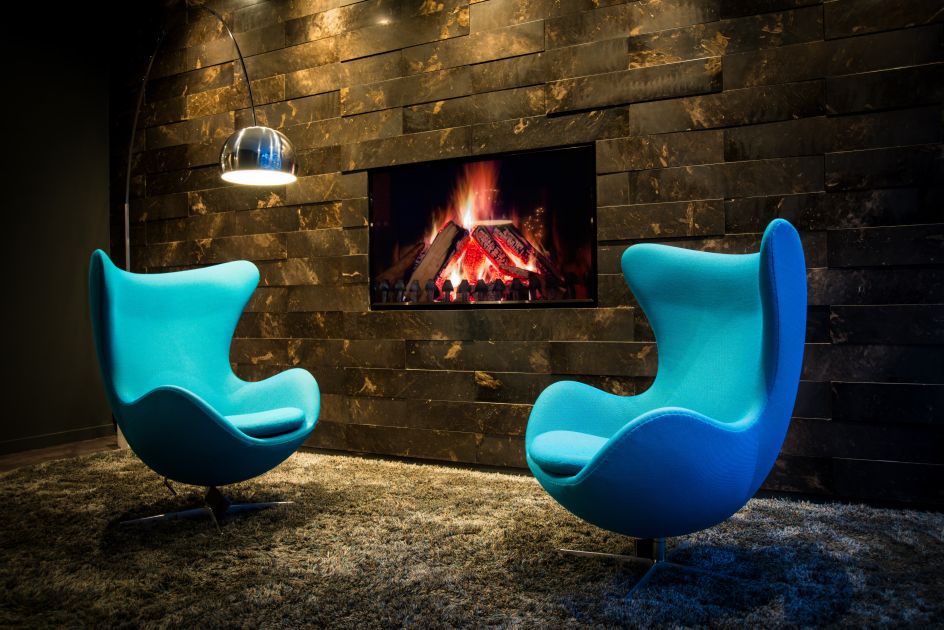
Motel One in central Leipzig
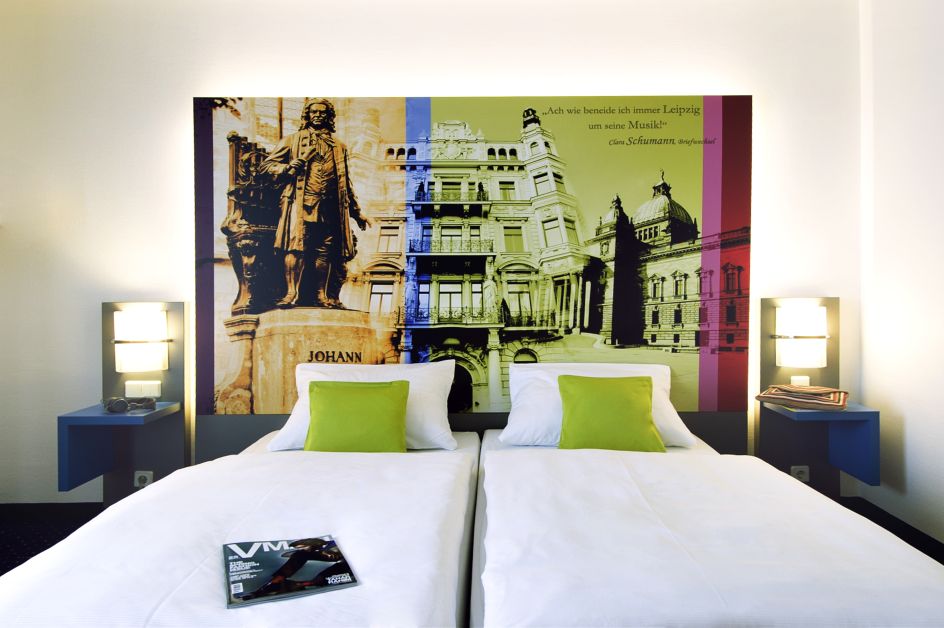
ibis Styles Leipzig. Photo by Thierry Bouët
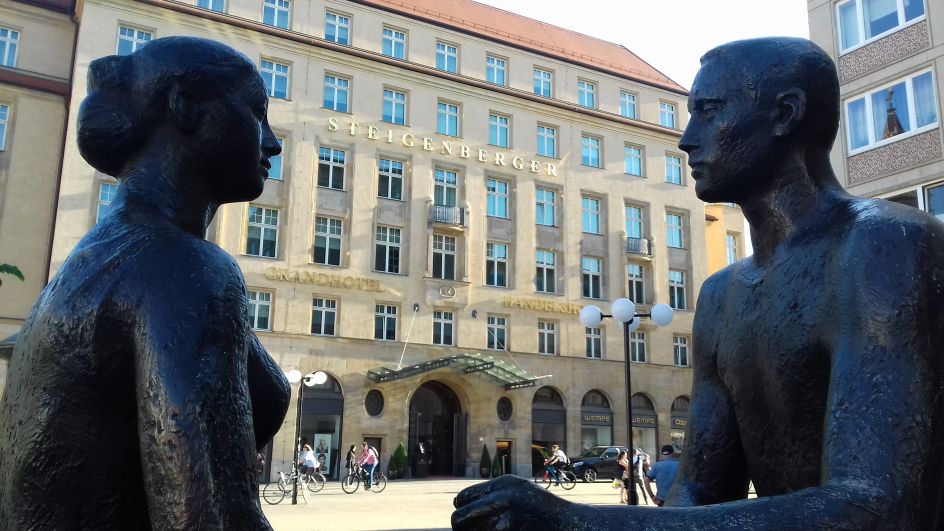
The Steigenberger Hotel offers a luxury experience
Or maybe you’re looking for something more inspiring to feed your artistic soul? Then how about Hotel Paris Syndrom (Paris Syndrome Hotel) and Hotel Volksboutique (People’s Boutique Hotel). These are two hotel rooms in the Museum of Contemporary Art Leipzig (aka Galerie für Zeitgenössische Kunst Leipzig aka GfZK), designed from top to bottom by artists, in spaces that were once used by visiting artists.
Finally, for something completely different there’s Ost-Apotheke, which is rooted in Leipzig’s squatting culture. Halfway between a grungy hostel and an art hotel, it’s part of a huge Art Nouveau building that is run and renovated by 30 young creatives: musicians, artists, philosophers, carpenters, nightlife enthusiasts and entrepreneurs.
Music
Leipzig is a city of music lovers, and there are sounds to suit all tastes here. You’ll find a range of live bands playing in the pubs of Plagwitz’s main street, Karl-Heine-Straße; Westwerk, a gig venue in an old factory building, or in the Die Nato and Conne Island venues in Connewitz.
Alternatively, if you want to hit the dancefloor, popular clubs include Distillery, Institute für Zukunft, Elipamanoke and the Damenhandschuhfabrik. Plus of course every year, global fans of gothic rock, EBM, Industrial, Noise, Darkwave, Neofolk and Gothic metal are well catered for by WGT, the world’s largest gothic festival.
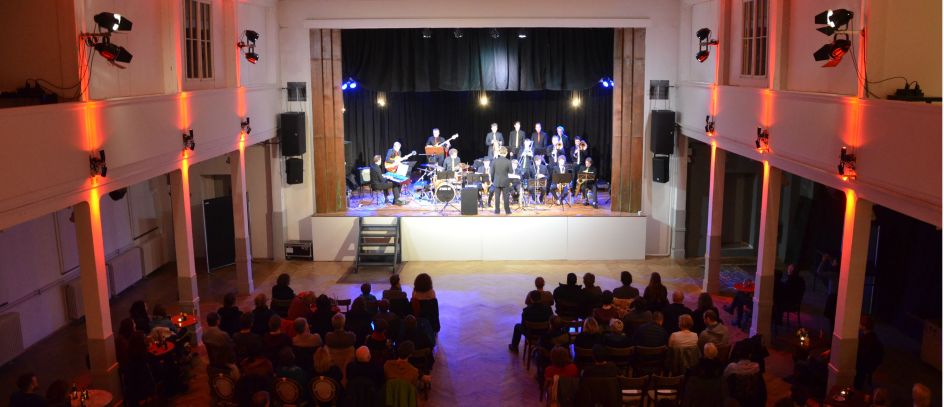
A variety of musical events take place at the Centralpalast (A festival, dance and cultural hall). Photo by Andreas Schmidt
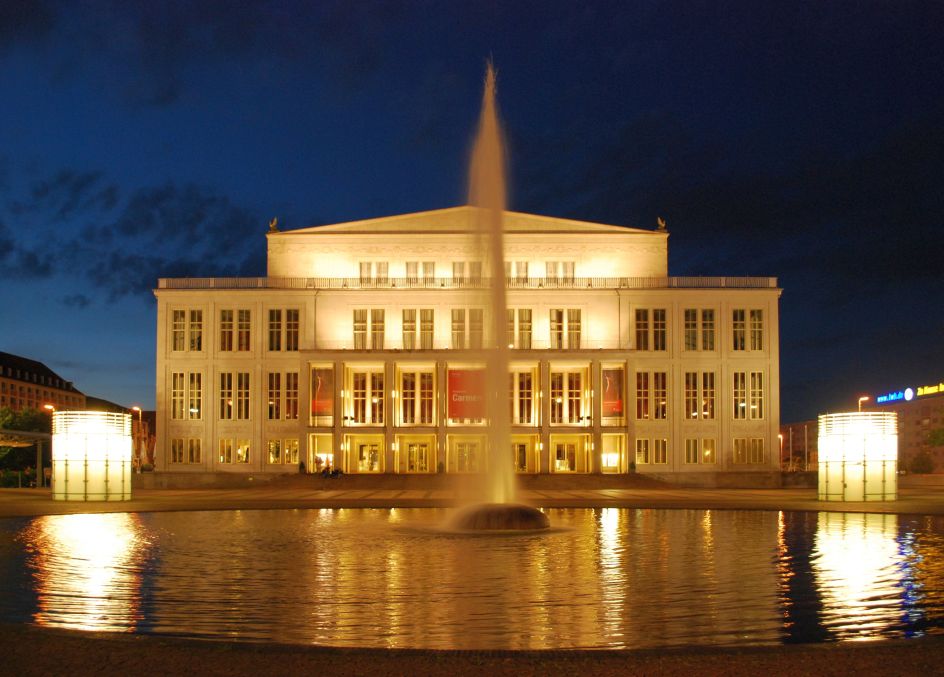
The Leipzig Gewandhaus concert hall. Photo: Andreas Schmidt
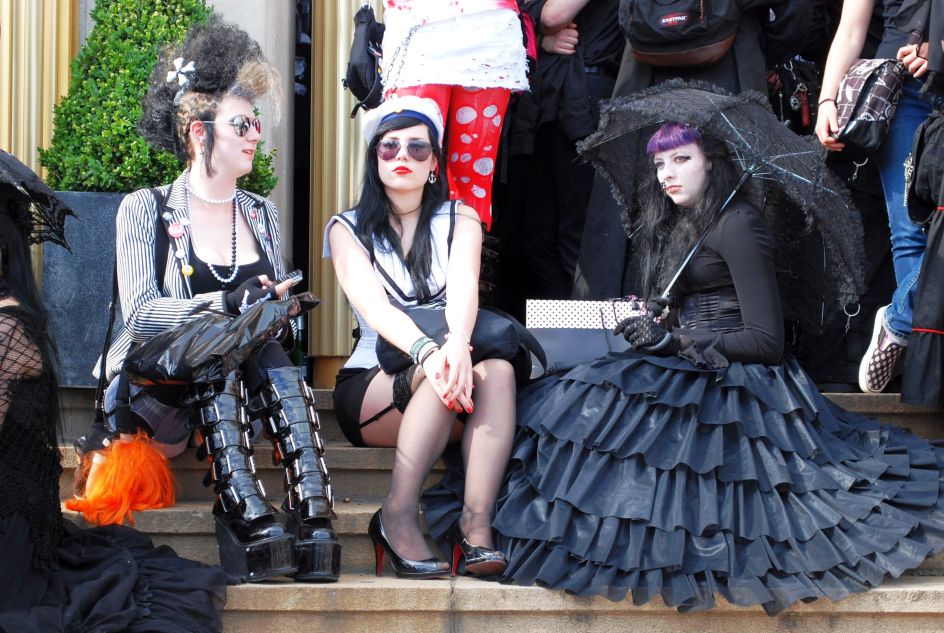
Wave Gothic Festival. Photo: Andreas Schmidt
Jazz lovers, meanwhile will enjoy the Jazztage festival, which takes place from 11-20 October. And fans of classical music should look out for open-air concerts by the Gewandhaus concert hall in Rosental park, as well as the varied programme of events at the stunning Leipzig Opera House.
Leipzig also has strong associations with Johann Sebastian Bach, and St. Thomas Church, where he was musical director, and the excellent Bach Museum are obvious pilgrimage points for admirers of the great man. Finally, whatever your musical tastes, the free music trail around town is a whole heap of fun.
Where to eat and drink
Leipzig is a great place to eat and drink, with a range of restaurants catering for every taste, and prices being lower than you might be used to in the west of Germany.
For some filling, authentically local food head to Die Versorger, a garden bistro near the Baumwollspinnerei creative space. It’s a quietly elegant, unfussy place to have a simple but delicious lunch. Another place to get good solid German food is Münsters, which comes with a traditional beer garden. If you want a real taste of history, though, check out Auerbachs Keller, which has been a bar since at least 1483 and was made famous in Goethe's play Doctor Faustus as the first place Mephistopheles takes the title character on their travels.
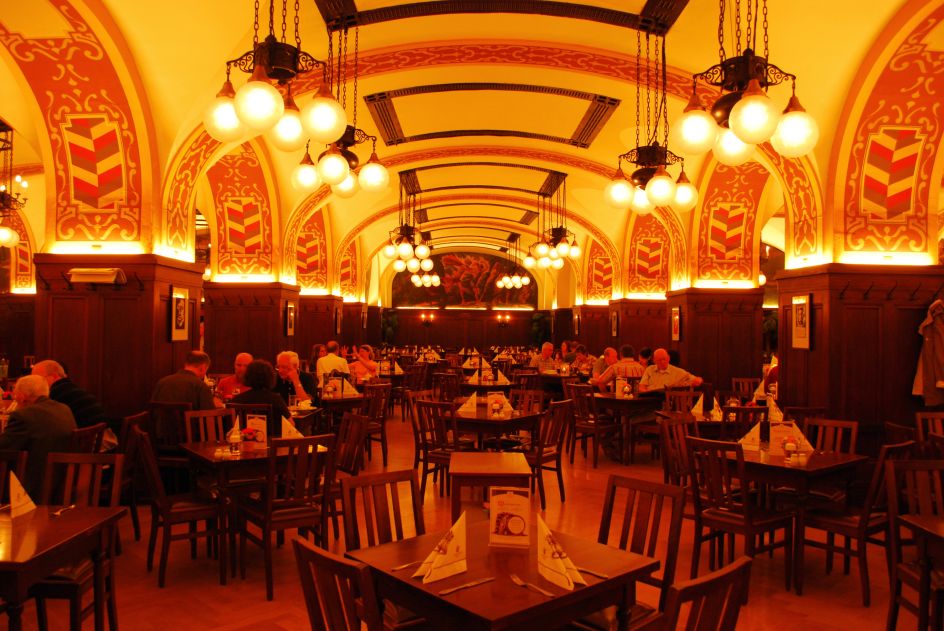
Auerbachs Keller. Photo: Andreas Schmidt
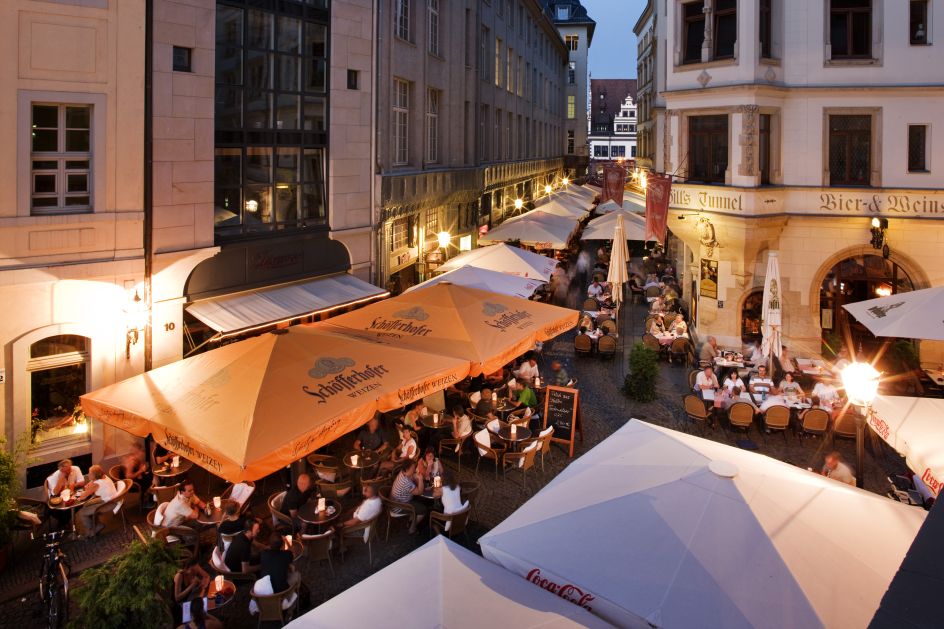
The Drallewatsch pub district in Barfußgässchen. Photo: Michael Bader
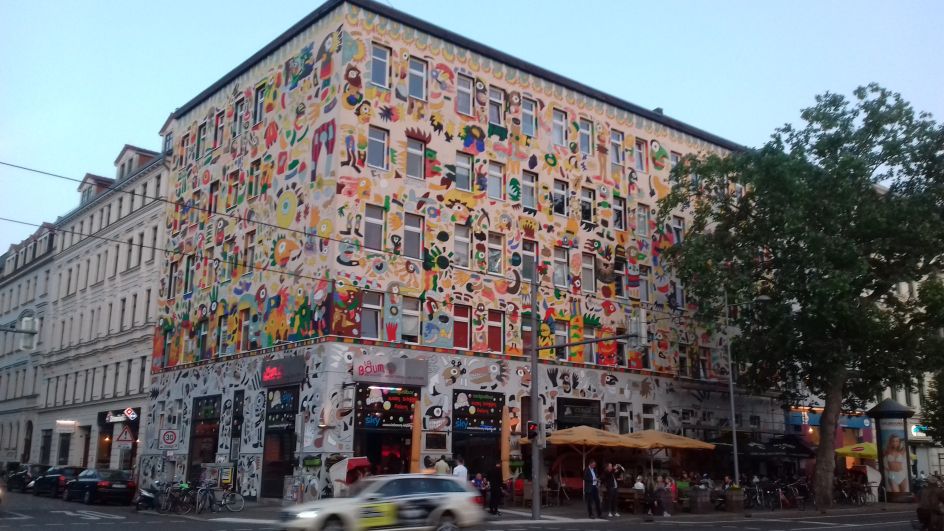
La Boum superbar on Plagwitz’s Karl-Heine-Straße
If you fancy something with a bit more edge (and with added shopping opportunities), head to The Market, a monthly street food, vintage and design market held at Täubchenthal, a converted factory in Plagwitz.
For Asian food, we’d recommend Chumumi, a cosy restaurant with a fine dining take on Vietnamese and a wonderfully friendly atmosphere, while other good options include ZCHẢCÁ for sushi or Chinabrenner for Chinese. We’re also big fans of Salon Casablanca for Moroccan food, while Brothers Cafe & Bäckerei is a wonderful Turkish bakery that offers a very tasty lunchtime menu.
Leipzig was recently named Germany’s most vegan-friendly city, and the most popular vegan restaurant here is Zest in the southern district of Connewitz, which has an imaginative seasonal menu and some great vegan wines. You can find a full list of vegan and vegan-friendly restaurants here.
When it comes to drinking, most tourists keep to the centre of town, in particular, the alleyways of Fleischergasse, Barfußgässchen and Klostergasse just off Markt Square. You'll certainly find a lot of life and noise in these terrace bars, some of which stay open all night. But there are many other nightlife-centric areas of the city to explore, including the Karli, Gottschedstraße and Münzgasse districts.
Meanwhile, if you want to mingle with the hipper alternative crowd, wander down Karl-Heinz Straße, the main drag in Plagwitz, until you get to the more spit-and-sawdust area of Connewitz (you'll recognise it by the preponderance of mohawks and political graffiti).
Five touristy things to do
Like many of the world’s best art galleries, the Museum of Fine Arts is worth a visit just to see the building alone. This breathtaking ‘art cube’ contains around 80,000 square feet of exhibition space and features Flemish and Dutch genre paintings, the German Romantics, and a presentation of works by Max Klinger. Artists from the former GDR are also represented in more than 500 pieces of work, including the Berlin, Dresden and Halle styles, the local Leipzig school of painting, and The New Leipzig School.
A smaller, quieter art gallery at the top of a tall building, the G2 Kunsthalle is nonetheless well worth a look for anyone interested in contemporary art. Featuring a handful of carefully selected artworks from the Hildebrand Collection, it offers a great chance to enjoy each piece at your own pace, without feeling rushed.
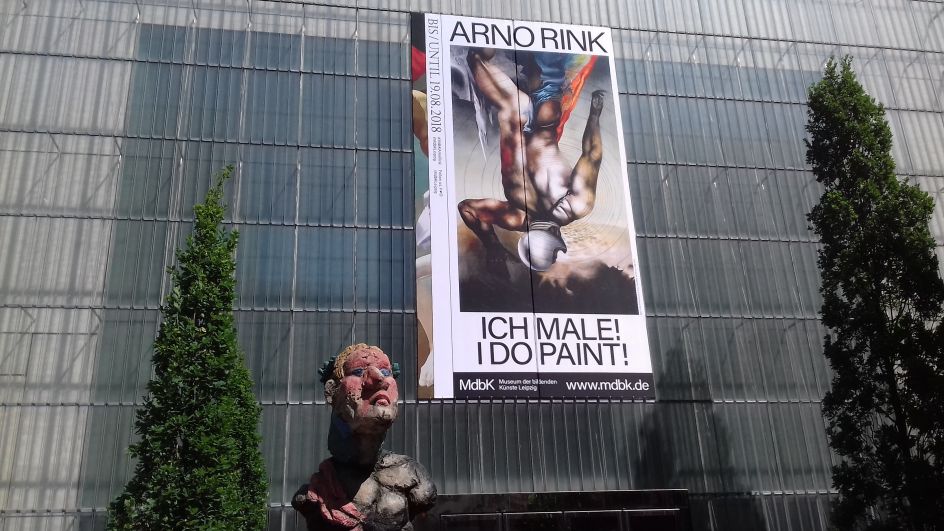
Leipzig Museum of Fine Arts
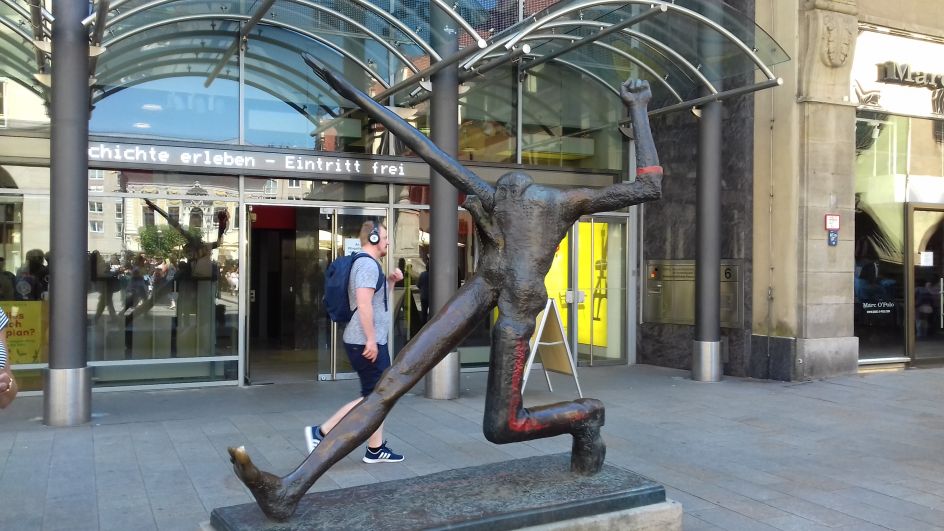
The controversial statute outside the Forum of Contemporary History Leipzig
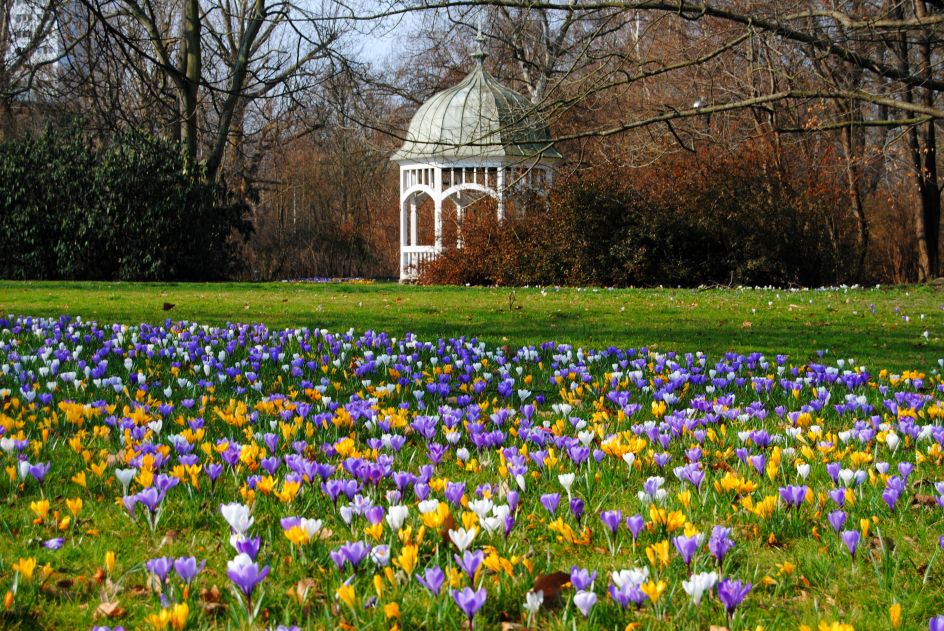
Clara Zetkin Park. Photo: Andreas Schmidt
Leipzig has a rich and fascinating history, from medieval times through to today. The Forum of Contemporary History is a great place to delve into its most interesting passages, particularly the Nazi and GDR periods. However, non-German speakers will struggle as there is not much explanation in English, so it’s well worth booking a tour.
Another famous historical attraction in the Leipzig region is Colditz Castle. The history of this iconic castle dates back 1,000 years, but it’s most famous for serving as an internment camp between 1940 and 1945 for high-level Allied officers, who came up with some highly inventive escape plans. If you enjoyed the movie or TV series based on these endeavours, you’ll want to book the two-hour tour, which is highly informative and entertaining. Note though, that it’s about 50km from the centre of Leipzig, and you’ll need to take a train and then bus to get there.
Finally, you can't visit Leipzig without taking in one of its many parks, from the expansive Clara Zetkin in the southwest to Lene Voigt in the east, which has won prizes as a renewal project.
If you’re in Leipzig for the WGT festival, you’ll get to share these spaces with hundreds of elegantly attired goths, who are typically happy to have their pictures taken. And if you have a taste for that kind of thing, don’t miss the annual Victorian Picnic and Steampunk Picnic, where some of the costumes are truly mindblowing.

















](https://www.creativeboom.com/upload/articles/f5/f5bc08d4b4348fbd775e1181f0e89723ea7ca609_732.jpg)
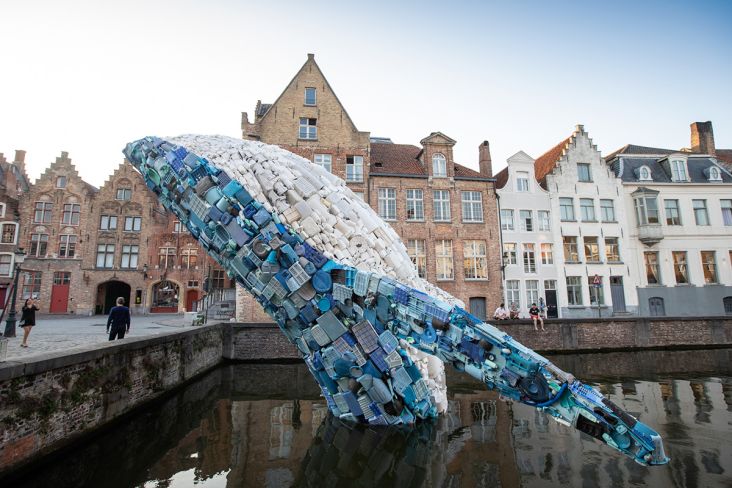
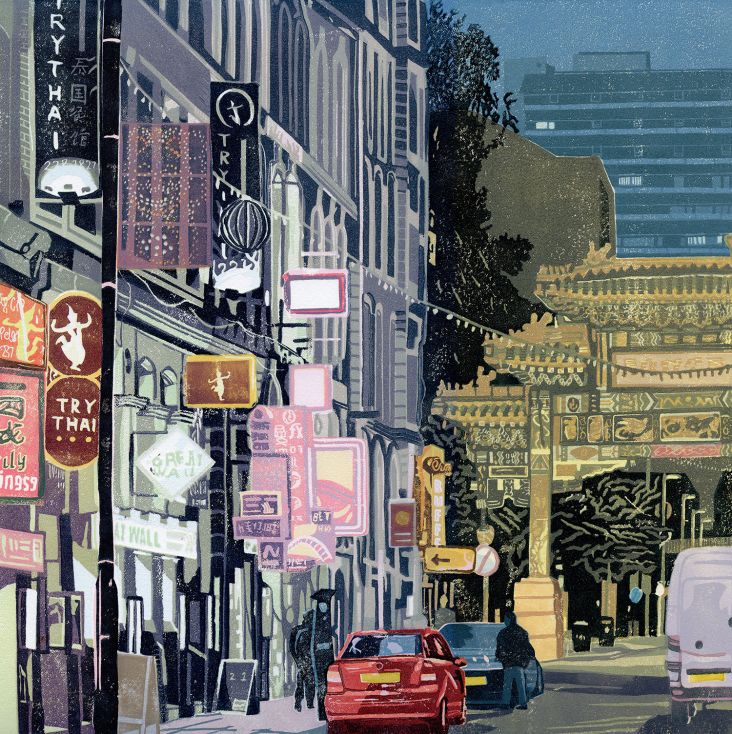
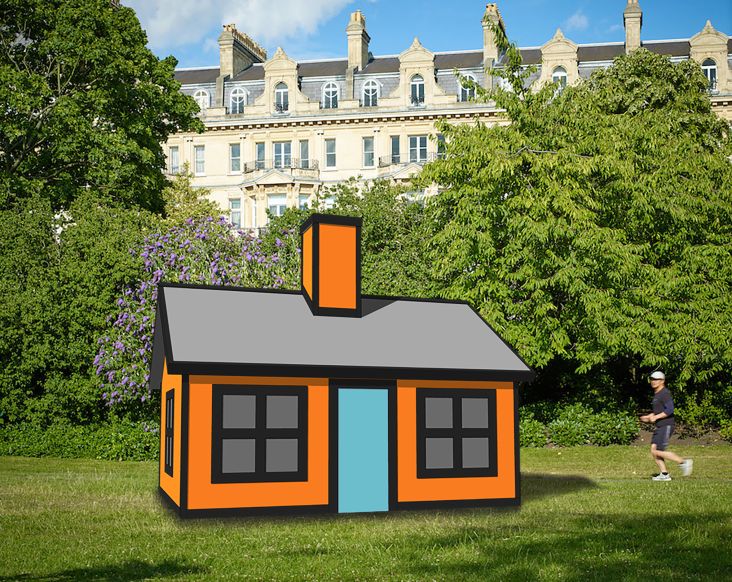
 and [Fontsmith](http://www.fontsmith.com)](https://www.creativeboom.com/upload/articles/b9/b9516cdb3e33a14c0cb652316e1ca8737044453f_732.png)
